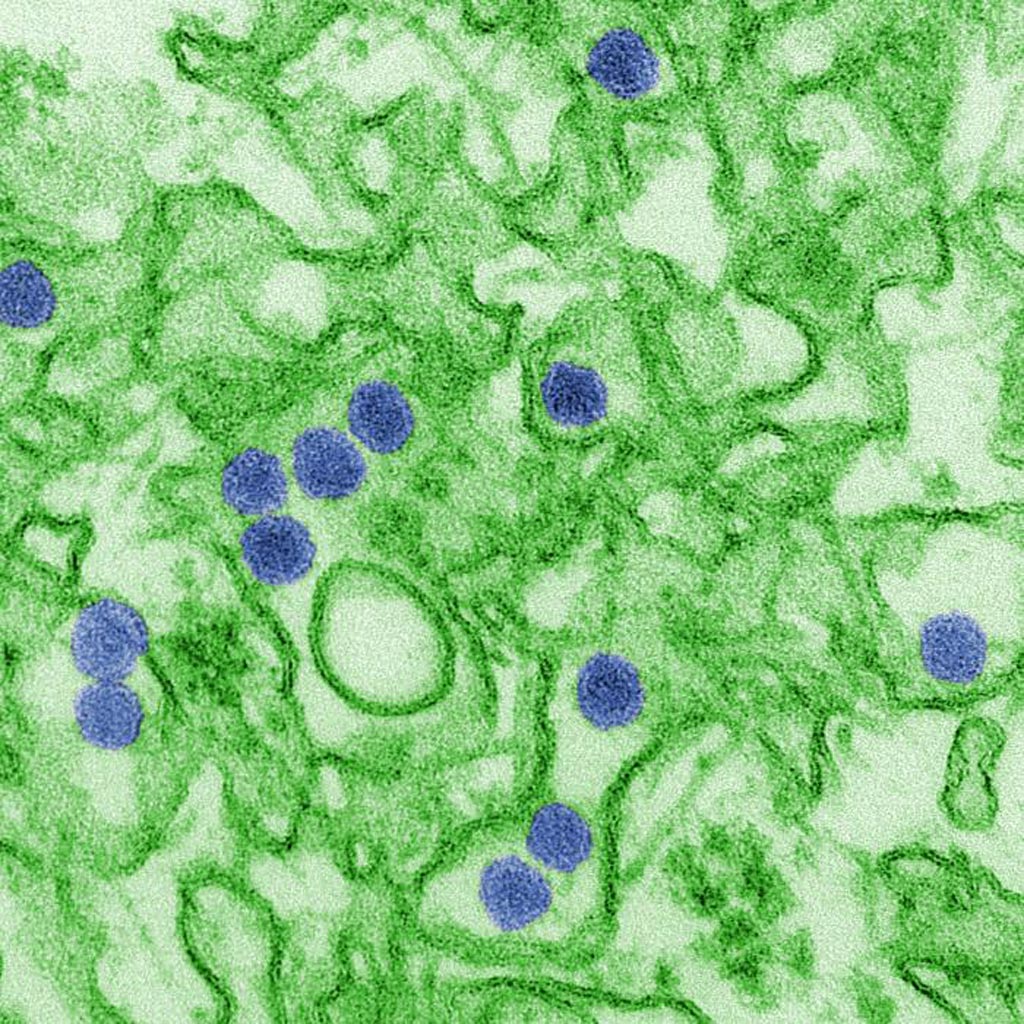Genetically Engineered Zika Virus Slows Tumor Growth in Model
By LabMedica International staff writers
Posted on 11 Oct 2018
Injecting mice carrying human glioblastoma tumors with modified Zika virus was shown to significantly reduce intracerebral tumor growth and prolong animal survival.Posted on 11 Oct 2018
Glioblastoma is the most common primary tumor of the central nervous system and is almost always fatal. The aggressive invasion of glioblastoma cells into the surrounding normal brain makes complete surgical removal impossible, significantly increases resistance to the standard therapy regimen, and virtually assures tumor recurrence. Treatment of glioblastoma usually comprises surgical removal of the tumor followed by radiation treatment and chemotherapy using the drug temozolomide (TMZ). These treatments usually fail, mainly due to the presence of a cell subpopulation called glioma stem cells (GSCs), which are resistant to radiation and chemotherapy and are capable of self-renewal and tumor generation.

Image: A digitally colorized transmission electron microscopic (TEM) image of Zika virus. Virus particles, here colored blue, are 40 nanometers in diameter, with an outer envelope and an inner dense core (Photo courtesy of the CDC).
Previous studies had shown that Zika virus (ZIKV) attacked and killed GSCs grown in culture and in a mouse model of glioblastoma. To expand the scope of these earlier findings, investigators at the University of Texas Medical Branch (Galveston, USA) and Chinese collaborators developed a genetically modified live attenuated ZIKV vaccine (ZIKV-LAV) that contained a 10-nucleotide deletion in the 3′ untranslated region (3′UTR) of the viral genome. This method for engineering ZIKV eliminated its virulence but maintained its oncolytic activity against GBM.
The goals of this study were to (i) profile the safety of ZIKV-LAV for intracerebral injection, (ii) evaluate the in vivo efficacy of ZIKV-LAV against GBM in a patient-derived GSC orthotopic mouse model, and (iii) define the oncolytic mechanism of ZIKV-LAV during GBM treatment.
The investigators reported in the September 18, 2018, online edition of the journal mBio that intracerebral injection of ZIKV-LAV into mice caused no neurological symptoms or behavioral abnormalities. ZIKV-LAV significantly reduced intracerebral tumor growth and prolonged animal survival by selectively killing GSCs within the tumor. Mechanistically, ZIKV infection elicited antiviral immunity, inflammation, and GSC apoptosis.
"During the Zika epidemic, we learned that the virus preferentially infects neural progenitor cells in the fetus, and causes the devastating microcephaly seen in babies born to infected mothers," said contributing author Dr. Pei-Yong Shi, professor of human genetics at the University of Texas Medical Branch. "As a virologist, I see that we should take advantage of the "bad' side of viruses. They should have a role to play in cancer treatment."
Related Links:
University of Texas Medical Branch














